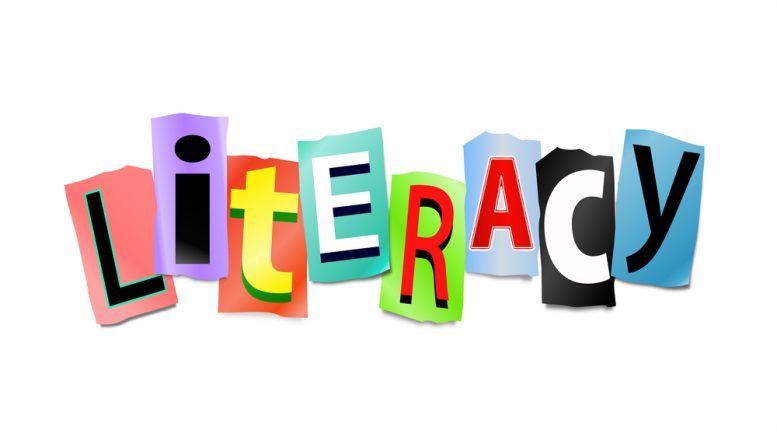Introduction
Curriculum serves as the foundation of education, guiding the learning experiences and outcomes of students in schools and educational institutions. From defining learning objectives and selecting instructional materials to designing assessments and evaluating student progress, curriculum development plays a pivotal role in shaping the educational journey of learners. In this comprehensive guide, we’ll explore the key components of curriculum design, principles of effective curriculum development, and strategies for creating engaging and meaningful learning experiences for students.
Understanding Curriculum
Curriculum encompasses the scope and sequence of learning experiences, content, and activities that students engage in to achieve educational goals and objectives. Key components of curriculum include:
1. Learning Objectives
Learning objectives articulate the knowledge, skills, and competencies that students are expected to acquire by the end of a course, unit, or program. Learning objectives provide clear targets for instruction and assessment, guiding curriculum design and instructional planning.
2. Content and Resources
Curriculum content includes the subject matter, topics, themes, and concepts that students explore and learn about during their educational journey. Resources such as textbooks, articles, multimedia materials, and online resources support student learning and engagement.
3. Instructional Strategies
Instructional strategies are the methods, techniques, and approaches used by educators to deliver instruction, facilitate learning, and promote student engagement. Effective instructional strategies vary based on the content, learning objectives, and needs of students, encompassing a range of pedagogical approaches such as direct instruction, inquiry-based learning, cooperative learning, and project-based learning.
4. Assessment and Evaluation
Assessment and evaluation measures are used to gauge student learning, mastery of content, and attainment of learning objectives. Formative assessments provide feedback to students and inform instructional decision-making, while summative assessments evaluate student performance and achievement at the end of a course or unit.
Principles of Effective Curriculum Development
1. Alignment with Standards and Learning Objectives
Curriculum should be aligned with state and national standards, as well as learning objectives that reflect the knowledge, skills, and competencies students need to succeed academically and professionally. Aligning curriculum with standards ensures coherence, consistency, and relevance in student learning experiences.
2. Differentiation and Personalization
Curriculum should be designed to accommodate diverse learners with varying abilities, interests, and learning styles. Incorporating differentiation strategies and providing opportunities for personalization allows students to engage with content at their own pace and level, fostering a supportive and inclusive learning environment.
3. Integration of Technology and Innovation
Curriculum should leverage technology and innovation to enhance teaching and learning, facilitate collaboration, and expand access to educational resources and opportunities. Integrating technology into curriculum design encourages creativity, critical thinking, and digital literacy skills among students, preparing them for success in a digital world.
4. Continuous Improvement and Reflection
Curriculum development is an ongoing process that requires continuous reflection, evaluation, and improvement. Educators and curriculum developers should solicit feedback from students, colleagues, and stakeholders, analyze assessment data, and adjust curriculum based on evidence-based practices and emerging trends in education.
Strategies for Creating Engaging Curriculum
1. Incorporate Real-World Relevance
Make curriculum content relevant to students’ lives and future aspirations by connecting learning experiences to real-world contexts, issues, and challenges. Incorporate authentic tasks, case studies, and project-based learning activities that allow students to apply their knowledge and skills to solve real-world problems and make meaningful connections.
2. Foster Active Learning and Inquiry
Promote active learning and inquiry by designing curriculum activities that engage students in hands-on exploration, discovery, and problem-solving. Encourage students to ask questions, investigate topics of interest, and collaborate with peers to construct their understanding of content and concepts.
3. Cultivate Critical Thinking and Creativity
Design curriculum activities that challenge students to think critically, analyze information, and generate creative solutions to complex problems. Incorporate opportunities for open-ended inquiry, debate, and reflection that encourage students to question assumptions, evaluate evidence, and think creatively about alternative perspectives and solutions.
4. Provide Opportunities for Choice and Voice
Empower students to take ownership of their learning by providing opportunities for choice, autonomy, and voice in curriculum activities and assignments. Offer flexible pathways for students to demonstrate their understanding and showcase their talents through projects, presentations, portfolios, and other authentic assessments.
Conclusion
In conclusion, curriculum development is a dynamic and multifaceted process that shapes the educational experiences and outcomes of students. By adhering to principles of effective curriculum design, incorporating engaging and meaningful learning experiences, and fostering a culture of continuous improvement and innovation, educators can empower learners to succeed academically, professionally, and personally.





